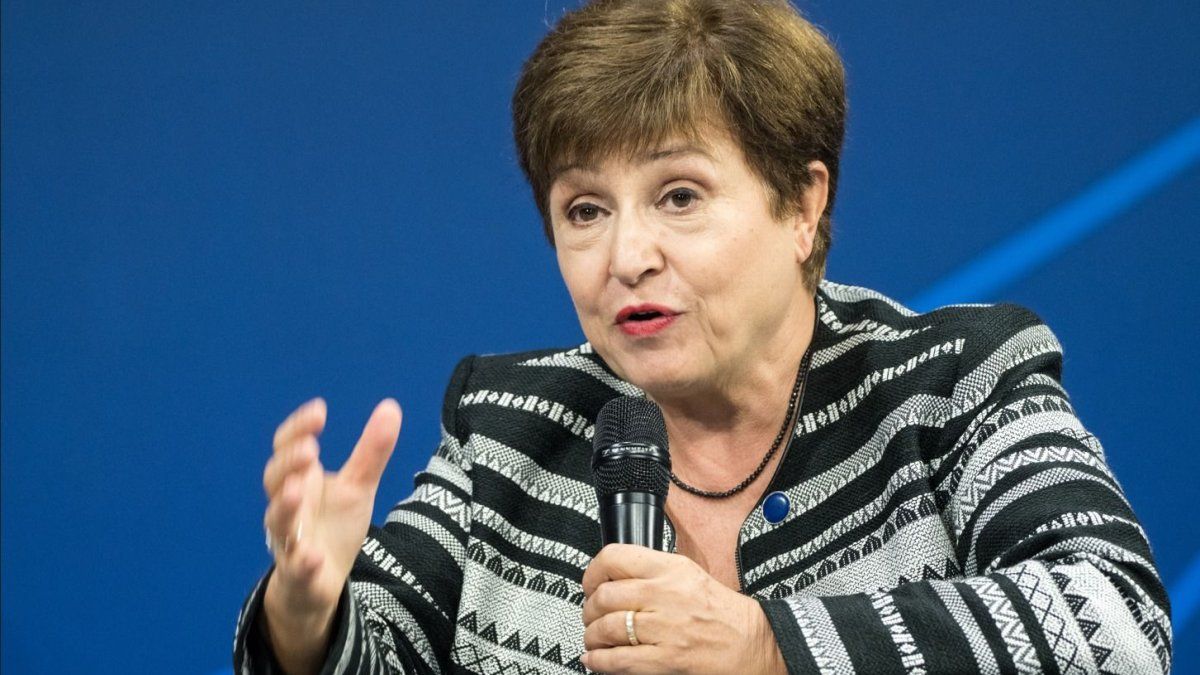He primary deficit accrued from the National Public Administration (APN) amounted in the first seven months of 2023 to 2 trillion 383,014 million pesos, with an interannual increase of 61.6% which, due to the effect of accumulated inflation in the past twelve months, represented a fall of 22.6% in real terms , according to the report of the Congressional Budget Office (OPC).
In the case of the financial result (which includes the payment of interest on the debt), the deficit reached 4 trillion 130,043 million pesos, 90.8% higher than the same period of 2022 at current values and 8.7% lower at constant values.
The OPC report anticipates the one that will be released by the Secretary of Finance on Tuesday, August 22, although with methodological differences, since in the first case the accrued result of the APN is taken and the Treasury considers the executed of the entire Non-Financial Public Sector, which also includes public companies and trust funds.
As of July 31, APN revenues accumulated 12 trillion 924.652 million pesos, which meant a contraction in real terms of 5.1% compared to the same period of the previous year and a nominal increase of 98.3%.
The OPC warned that the real contraction “It is reduced to 4% if they are computed within current income (property income) $150,000 million that the Central Bank of the Argentine Republic (BCRA) transferred to the National Treasury in July for the distribution of profits”.
The tax revenue decreased 10.9% in the year-on-year comparison (+86.2% nominal), with uneven dynamics of the main taxes, since there were real increases in VAT collection and, due to the effect of the drought, significant falls in terms of Export rights.
financial-consultant-consultant-professional-accountant.jpg
Economy: how were the State expenses in July
The primary expenses totaled 15 trillion 307.666 million pesos and showed a contraction of 8.3% in real terms (+91.5% nominal), while the totals were 17 trillion 54.695 million pesos and decreased to a lesser extent (-6% real, +96.4% nominal), as a consequence of the real increase in debt interest (21.2% and 153.1%, respectively).
The most significant real decreases were registered in the transfers to provinces (28%), in the family’s asignations (25.3%), in the energy subsidies (22.9%) and in the social programs (21.3%).
“In the case of retirement and pensions, although the real decrease was more limited (3.8%), it was the fourth category with the greatest contribution to the reduction in spending given its participation in the structure of primary spending (39.7 %)”, said the OPC.
In the opposite direction, interest on the debt (21.2%), transfers to universities (12.4%), transportation subsidies (12.2%) and personnel expenses (8.2%) presented increases in relation to the execution of a year ago.
The total accrued expenses represented 57.9% of the current budget credit and social programs, such as Food benefit (84.3%), the Enhance Work (81.6%) and the progress scholarships (76.6%) presented high levels of execution.
Also highlighted are transfers to universities (80.9%), personnel expenses (69.3%), economic subsidies (62.3%) and interest on the debt (60.1%).
Lastly, with more moderate levels of execution, are goods and services (40.8%), capital expenditures (44.5%) and transfers to provinces (47.7%).
Source: Ambito




